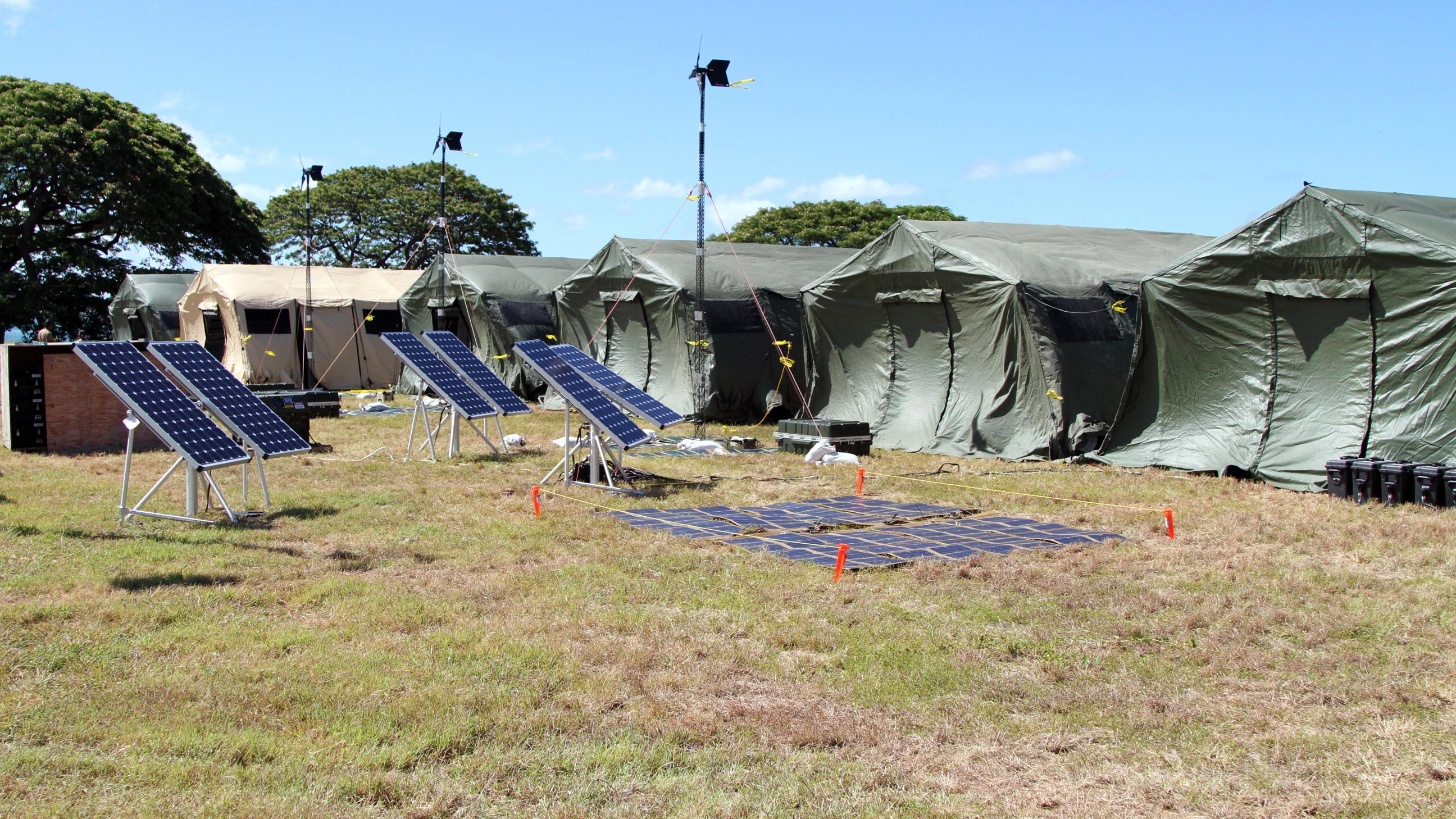Army Prepared to Do More With Less
Army Prepared to Do More With Less

While energy conservation has been a big issue on Army installations, that doesn’t work for everything, Lt. Gen. Duane Gamble, Army deputy chief of staff for logistics, told a House subcommittee.
Reducing energy demands is important, Gamble told the House Armed Services Committee’s readiness subcommittee, but “the future force may often require more energy to support such new capabilities such as directed-energy weapons,” he said.
The Army also needs to improve energy security by generating, storing and sharing energy to supply deployed units and their growing energy demands, Gamble said. “Army efforts to electrify the battlespace and improve the overall efficiency of the force will ultimately reduce the total amount of energy required,” he predicted.
To make this happen, Army installations must modernize with the operational force to be able to receive, sustain and employ new capabilities as they emerge, Gamble said. “The ability of Army installations and the industrial base to generate readiness on demand, project and sustain power overseas, and increasingly conduct forward operations from the homeland will depend on the Army’s ability to develop resource-secure and resilient installations adapted to a changing climate,” he said.
Training in synthetic environments is one way of reducing energy use while providing immersive training, Gamble said, mostly from saving on fuel costs and limiting wear and tear on vehicles.
Progress also is being made in electrified vehicles, Gamble said. “Hybrid-electric architectures in our tactical systems could reduce fuel consumption by as much as 35%,” he said, adding he expects fully electric complex weapons systems are possible in the future.
“The Army is modernizing our systems to increase lethality, mobility and protection while enabling mission command,” he said. “The objective is to maintain battlefield overmatch in large-scale combat operations in a contested future operating environment.”

